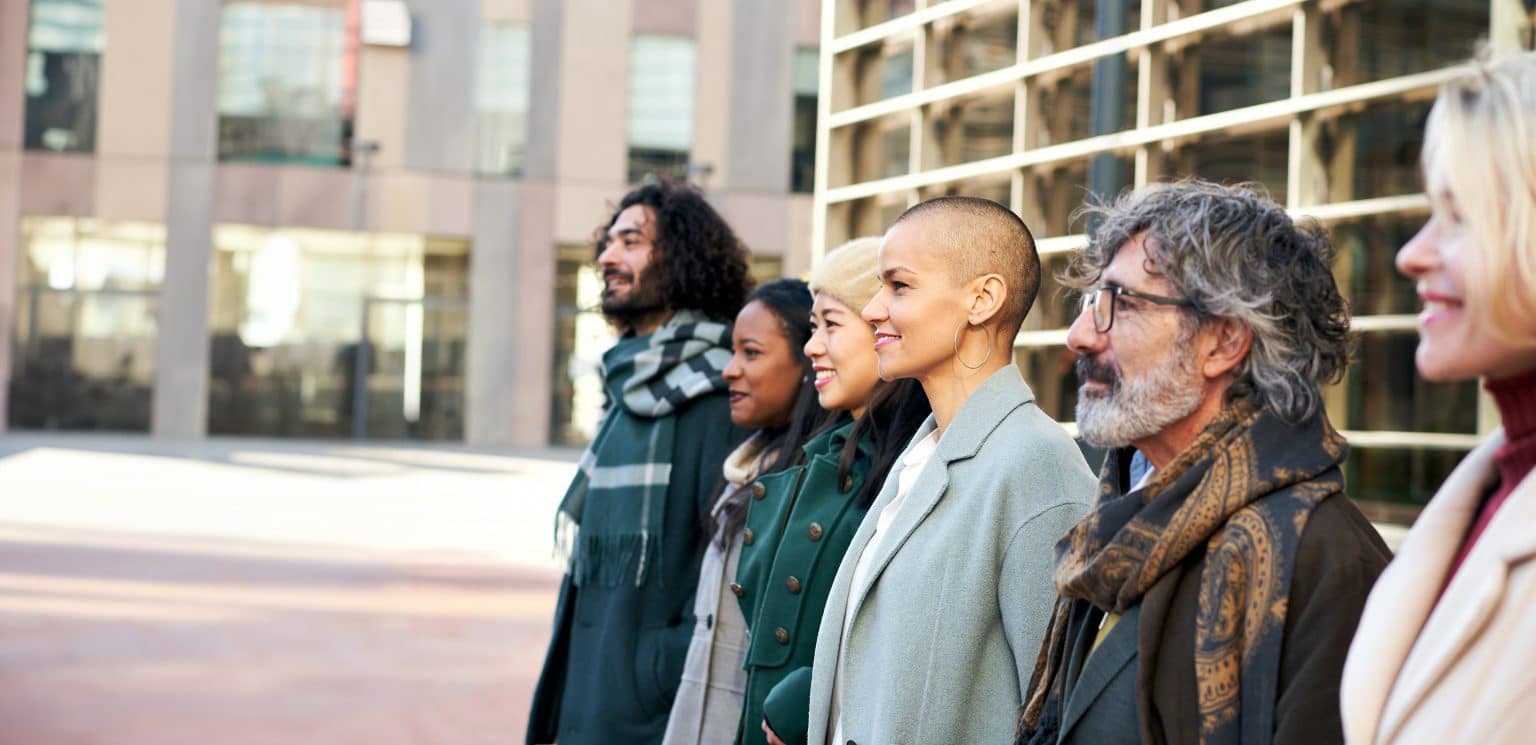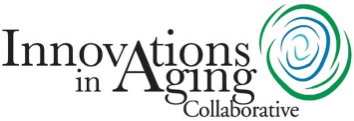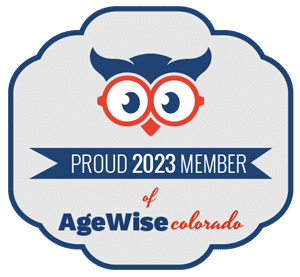Our
Mission
To convene the community to promote creative approaches that address the challenges and opportunities of aging.
Our
Vision
Lifelong livability for every community.
DEI
Statement
At Innovations in Aging Collaborative, we commit to initiatives that will advance the well-being of a multidimensional and diverse Colorado Springs and El Paso County community. By embracing Diversity, Equity, and Inclusion (DEI) policies/practices/administration, we believe that a genuinely Age-Friendly city cultivates a climate of inclusion while challenging intolerance and discrimination. The commitment to DEI means faithfully representing the needs of our stakeholders and responding dynamically to changes in those needs.

Our History



Innovations in Aging Collaborative was founded in 2009 by Barbara Yalich and BJ Scott who convened other community leaders interested in aging issues and the growing senior population in the Colorado Springs area, including former UCCS Chancellor Pam Shockley-Zalabak, the CU Foundation, and the CU Aging Center and Gerontology Programs. Early support from The El Pomar Foundation, The Inasmuch Foundation, The RNR Foundation, and AARP Community Challenge Initiatives were integral in standing up our capacity to serve.
In April of 2010, Innovations in Aging Collaborative held its inaugural summit. Nearly 150 individuals from across the region participated and represented the arts, government, human services, health care, business, and recreation and tourism. The goals of this first summit were to start a conversation on how to make our community a remarkable place to age, to identify existing resources and assets, and to identify innovative ideas that would enhance the quality of life for older adults in the Pikes Peak Region.
In 2016, Innovations in Aging Collaborative became the local steward of Age-Friendly Colorado Springs, and from 2016 to 2021 we implemented our initial five-year action plan for the city. Alongside engaged community members, our initial efforts included: the disbursement of a community needs survey, the development of impactful and achievable goals, and multi- sector committees focused on implementing goals within each of the eight domains of livability as defined by AARP and the World Health Organization.
Through extensive partnership and collaboration, our community was successful in completing over 90% of the action steps outlined out in that first plan, laying a strong foundation for the expansion of Age-Friendly work in Colorado Springs and throughout the region.
For over a decade, we have been devoted to our mission of creating Age-Friendly communities in the Pikes Peak Region. Expanding our reach from the City of Colorado Springs into El Paso County in 2023, we continue to build community partnerships to elevate the lived experiences of everyone who grows up and grows older here in Southern Colorado.
Our Staff
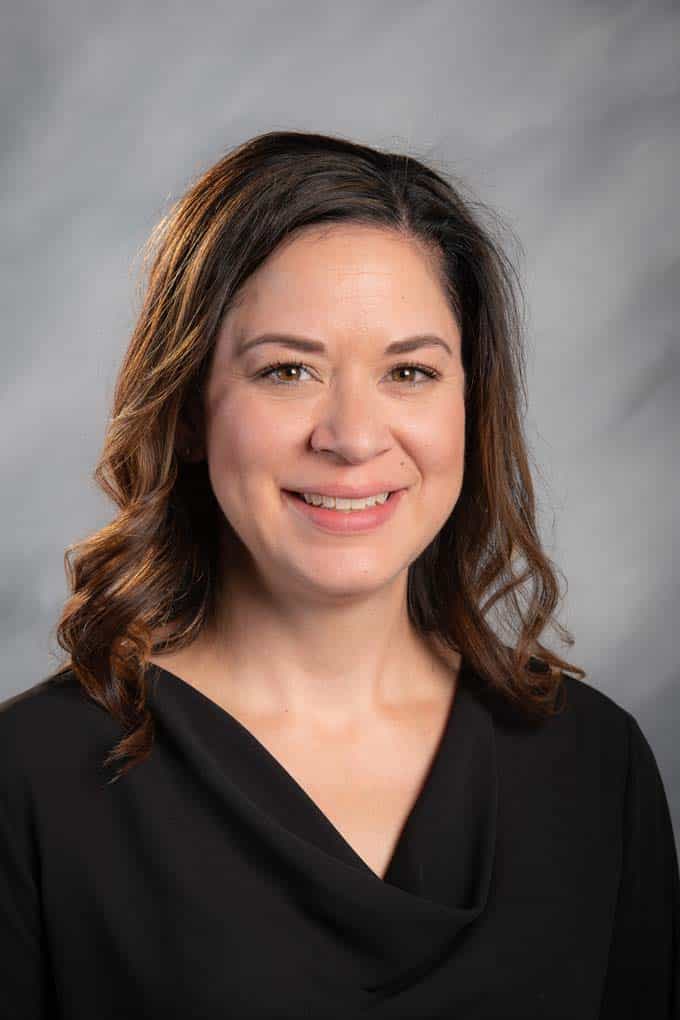
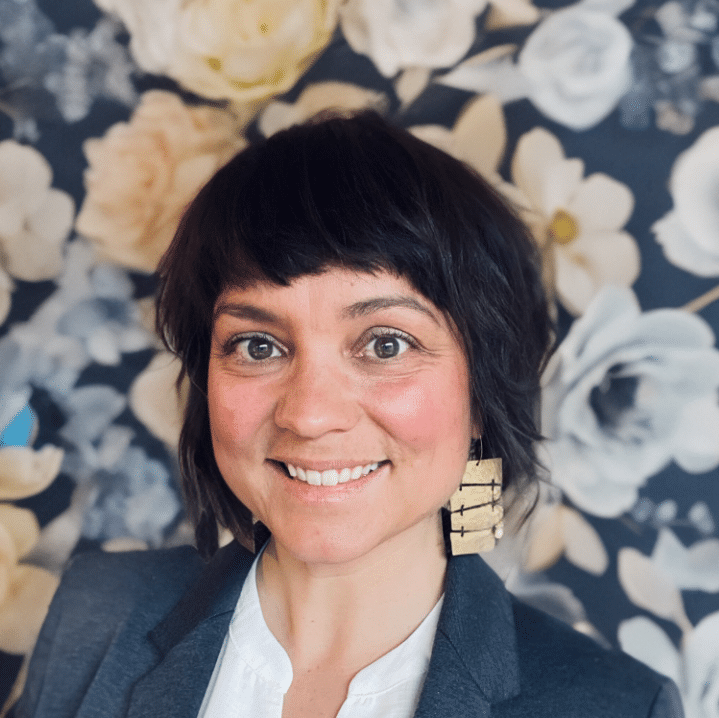
Our Board
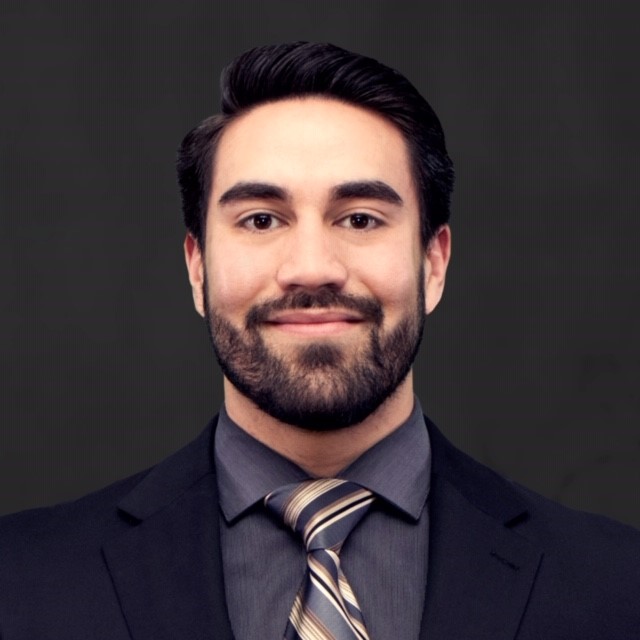




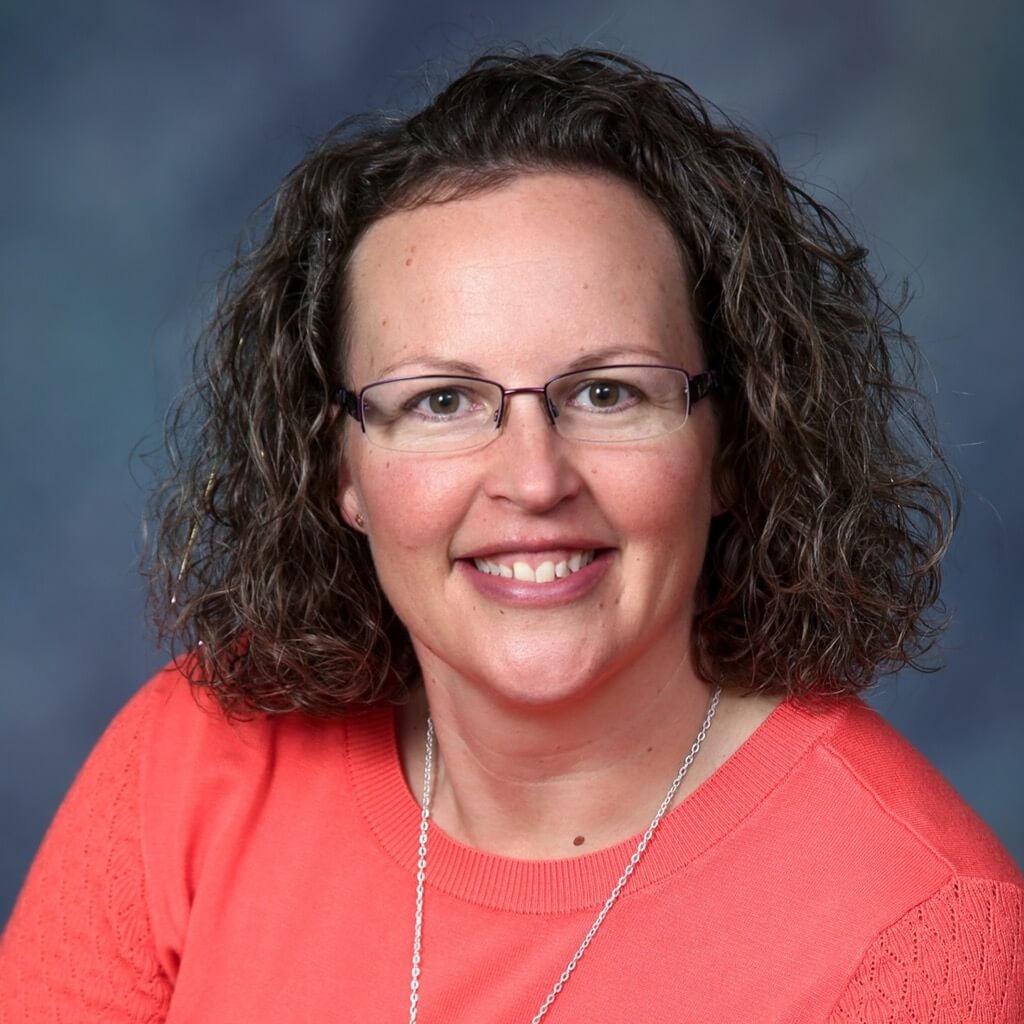

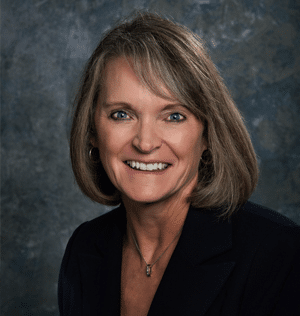
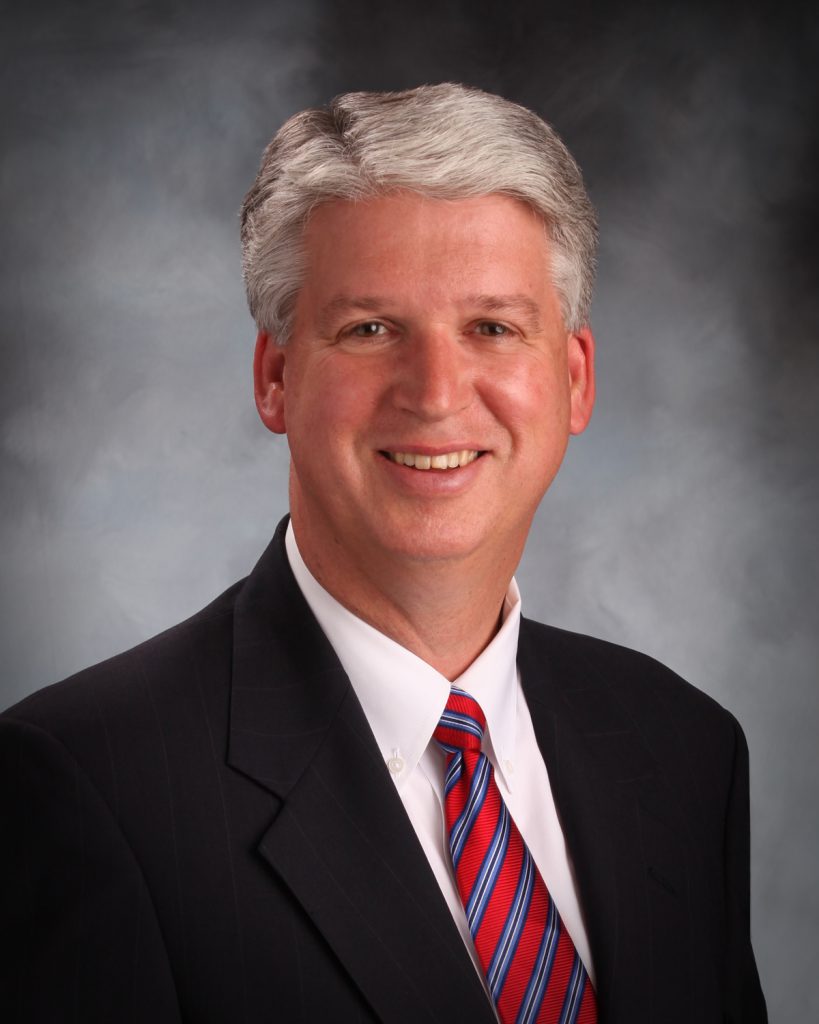

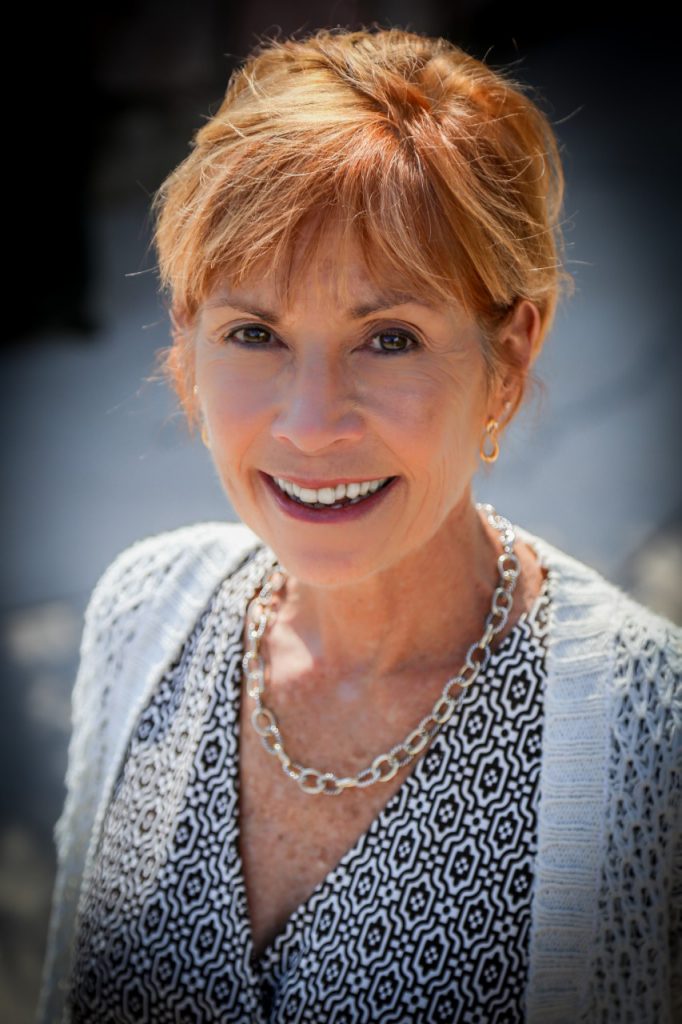

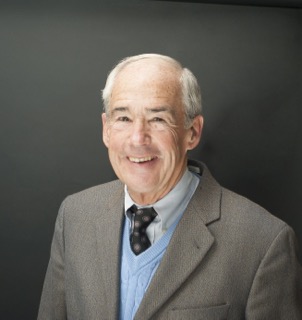

Join us
Our mission is to convene the community and we could not serve our mission without collaboration. Reach out to learn more about opportunities to volunteer, serve on a workgroup, join our board of directors, or apply for a student internship.
